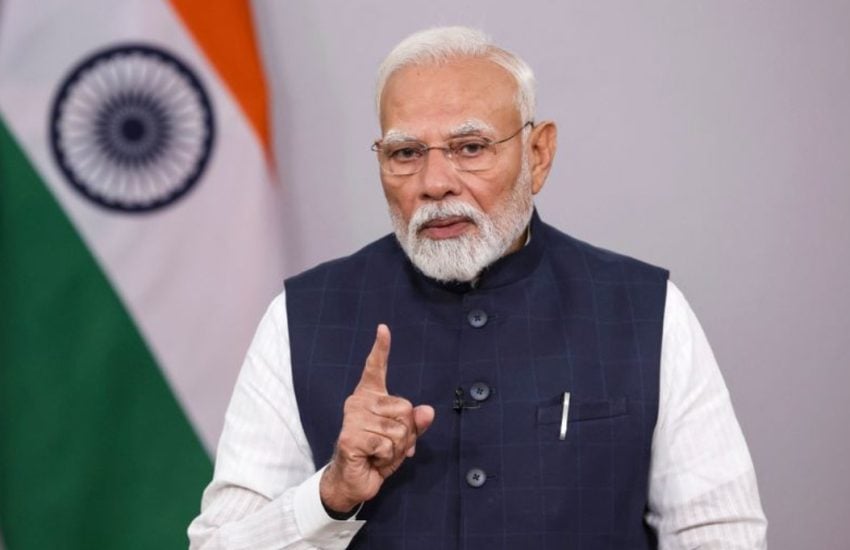Look, you don’t need to be a foreign policy expert to see that something doesn’t add up with India right now. On the one hand, you have Prime Minister Modi’s government, which has built its entire brand on being tough and putting India first. They’re constantly on the world stage, talking a big game about standing up to China, calling them out for their aggression, and telling everyone that the border dispute is a threat to the soul of their nation. And people at home are eating it up. But then you look at what they’re doing, and it’s the complete opposite—they’re getting cosier and cosier with Beijing. This isn’t just confusing; it’s a dangerous double game that poses a recipe for disaster for India, its allies, and virtually everyone else.
For the United States, this whole situation is incredibly frustrating. The plan was simple: India was supposed to be the cornerstone of a free and open Indo-Pacific. We spent years building that relationship, betting on the idea that, because we’re both democracies, we shared a common interest in keeping China in check. The White House envisioned an India that would step up, serve as the regional sheriff, and anchor a team of friendly nations. But that picture is just falling apart. From our vantage point in Washington, it makes no sense. Why would we share our best military technology and back them on the world stage, only to watch them sit down for friendly chats with the exact country we’re all supposed to be worried about? It’s completely backwards. Honestly, it makes you start to wonder if you can really count on them. Instead of looking like a pillar of stability, India is beginning to resemble a player who is hedging their bets and has lost their way.
This strategic confusion reverberates deeply within India’s own borders. The Indian populace is consistently reminded of the threat posed by the China-Pakistan nexus. This “iron-clad friendship” is a cornerstone of public consciousness, a source of perennial anxiety. For this public, watching their leaders engage with Chinese officials while Chinese-backed threats remain potent feels like a profound betrayal. It shrinks India’s manoeuvring room, forcing it into a corner of its own making. A foreign policy that cannot command the trust and understanding of its own people is a policy built on sand. By embracing the primary backer of its main antagonist, the government has signalled a strategic weakness that its citizens find both frightening and incomprehensible. What an excellent strategy.
This unravelling of a coherent foreign policy lays bare the failures of Prime Minister Narendra Modi’s leadership on the global stage. What was sold as strategic genius now appears as a series of confused, tactical gambles that have failed to yield any long-term advantage. Instead of carving out a clear role for India as a leading power, his government’s contradictory approach has diminished its influence. The pursuit of multi-alignment has devolved into a multi-directional mess, eroding the trust of established partners without gaining any meaningful concessions from adversaries. This is not the work of a master strategist; it is a masterclass in how to alienate everyone.
The consequences of this are stark. A rudderless India creates a power vacuum in South Asia, inviting further instability and Chinese opportunism. For the world, a promising democratic partner has become a source of uncertainty. The Modi government’s legacy is shaping up to be one of monumental strategic failure—a disaster not only for India’s aspirations to be a great power but for the very balance of power in a world that desperately needs clarity and conviction.














